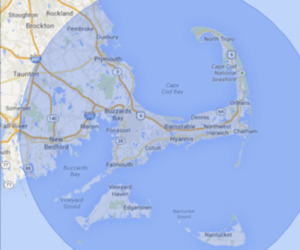On cold winter days, a ray of sun streaming into your house can be most welcome – a free source of heat. But what about in the summer, when those rays of sun and other, less-evident solar heat, seep into our already too-hot houses and become a costly nuisance? Well, what happens is that you lose money. But using landscaping (namely by planting trees) to shade your home can be a great way to lower energy costs.

Thanks to (get ready for a big word!) evapotranspiration (big, but not scary: it’s just the tree or plant releasing water vapor), air temperatures can be reduced up to 9° Farenheit in areas around trees, which creates a cool microclimate. Adeptly placed trees can cut air conditioning costs in the summer by 15%-50%, and one well positioned tree has the daily cooling effects of five air conditioners running for 20 hours a day. And it’s easy to figure out where to place these trees: close to windows!
Shading east- and west-facing windows with trees can reduce costs in any climate, and south-facing windows just need a little more thought. In a hot climate? Go for it, shading will keep energy costs down year round. In a cold or mixed climate? Consider planting deciduous trees so you don’t run the risk of impeding welcome solar heat in the winter.
According to the Department of Energy, the average return on investment for landscaping as a means of low energy cooling is less than 8 years. And if you plant trees as saplings, it’s likely that they will begin shading your windows within a year, and reach the roof within the next 5 to 10 years (depending on tree species and climate).
But then again, since when did we need to do an ROI calculation for planting a tree?

